Subscribe for Access
Now more than ever, businesses need their customers to trust them. Partnerships professionals can help to build this trust and, if they do so, their partner program can benefit.

In its August 2021 Trust in Business Survey, PwC reported that 87% of business leaders said that customers have high levels of trust in their companies and only 30% of consumers said the same.
In other words, trust between businesses and their customer audiences is more important than ever but is hard to come by.
The good news? You as a partnerships professional have the skills needed to help foster trust between you and your customers. Then, you can gather insights from that trust to help bolster your partner marketing motions.
Most partnership professionals are familiar with the difference between a “sales” and a “partnerships” mindset. A “sales” mindset can be transactional; you might be focused on getting a deal across the finish line rather than fostering a long-term relationship. A “partnerships” mindset centers on reciprocity in a relationship. Building and maintaining trust is key to a partnership and coming off to sales-y can put that long-term trust at risk.
The same is true of customers. Treat them as people to be marketed to and you will fail to earn their trust. Treat them as long-term collaborators (like partners) and you can foster a community of people who are willing to give you valuable feedback and be your cheerleaders amongst their peers. Why guess at what integrations to build or what your customers want when you can go directly to a trusted community of them and ask?
Building your community can be just as important as building an ecosystem of partners. Doing so requires a community mindset, something that is (luckily) philosophically very similar to a partner mindset.
- Partnerships mindset: Giving your partners warm intros to customers and new partners by bringing them into your ecosystem
- Community mindset: Connecting your customers to help them grow their own professional network and crowdsource advice and/or best practices.
- Partnerships mindset: Forming partnerships based on a clear shared goal or belief.
- Community mindset: Bringing together customers around a clearly shared goal or belief.
- Partnerships mindset: Giving valuable leads to your partners before asking for something in return.
- Community mindset: Giving your customers a place to collaborate and build valuable relationships amongst themselves before asking for something in return.

Josh Jagdfeld, Senior Director, Alliances at the Apple security and management company Jamf has been utilizing a community mindset to source and support his co-marketing efforts. We spoke to Jagdfeld, about how he has tapped into his company’s 100,000+ person online community Jamf Nation.
Attract new integration users and document existing customers’ positive experiences by dramatically increasing the number of reviews left on new integrations in the Jamf integration marketplace.
Increase the relevancy of integrations by identifying and prioritizing real and common pain points from a target customer audience and building integrations to address said pain points.
Include customer reviews that can positively impact 92% of purchase decisions in co-marketing materials via customer testimonials.
And while Jagdfeld’s community is much larger than most, the lessons are relevant to communities of any size.
“You can have a tiny community and can still get a lot of the same benefit that I’m talking about,” he shared. “You have to take the time to understand who those people are. Give them a space to meet and a reason to collaborate and you’ll be able to get that same thing out of it.”
In this article:
- What is an online professional community? (Plus examples!)
- How partnerships can tap into online professional communities
- Getting started
What is an online professional community? (Plus examples!)
A professional community is an online space (think Slack or an online platform) where folks within an industry can connect with their peers and access resources to help elevate their work. Companies that create online communities for their existing or target customers might do so to:
Establish themselves as an authority in their respective spaces.
Use feedback from the community to drive marketing and/or sales decisions.
Generate interest in the company’s products or events within the community.
Provide value and assistance to their customers and fans.
Community members can use the space to:
- Share pain points with their peers to crowdsource solutions.
- Access curated resources such as podcasts, webinars, and blog posts about their particular industry.
- Learn best practices from others.
There is a mutually beneficial, virtuous cycle dynamic involved: The more value your online community offers to users, the more people will join. Which makes the community more valuable for all parties.
While many members of a professional community might be current customers of the company running said community, it is not a requirement. Jagdfeld shared that many of the Jamf Nation members are not Jamf customers.
“There are people that are in the community that do amazing work to bring value to customers that we would not be able to do on our own,” he told us. “It’s not just Jamf and our customers. It’s also Jamf service providers and customers of other organizations who are all within the Apple ecosystem.”
Knowing how to create long-term trust between you and your customers is an increasingly important skill to have, as Jared Fuller shared in his Supernode presentation.
In other words, community members are brought together around a shared professional experience (in this case, working in the Apple ecosystem) rather than their status as a customer. This subtle but important difference
de-prioritizes the company and instead is centered around the needs of the community member. This switches the dynamic away from traditional marketing and reorients it as a more reciprocal, trusting relationship.
Examples of online professional communities
Jamf Nation — Jamf Nation is a community for professionals within the Apple ecosystem. Community members have access to a job board, information about the Jamf events, community forums, and niche groups within the community that focus on specific areas of Apple tech implementation.

Community Club — Community-building platform Commsor offers a community for “community builders” (very meta, we know). Community Club members can access a Slack channel, a public list of anonymous salary info, Q&A with community leaders, and links to blogs and podcasts.

Interconnected — Interconnected is a platform created by messaging platform Intercom. It is meant for sales, marketing, product, and support teams to share expertise, learn from each other, and ultimately maximize the Intercom’s offerings.

Trailblazer Communities — Salesforce offers 1,300+ Community Groups across 90 countries with millions of Trailblazers. They are grouped, based on location, role, and interests and can ask questions, learn from one another, and collaborate.

DBT Community — DBT offers a data transformation tool that helps data analysts and engineers transform, test, and document data in a cloud warehouse. They have created a community for folks working in the analytics engineering space to share ideas and ask questions to one another via Slack.

The VIPs: A community within a community
Most sought-after clubs have a VIP section and Jamf Nation is no different. “Jamf Heroes” is a smaller subset of Jamf Nation, with 200+ members. “[Jamf Heroes] are those community members who are nearest and dearest to our hearts. They are like Jamf influencers,” Jagdfeld shared.
Jamf Heroes are nominated by internal Jamf team members. “An account team [might be] working with a customer that is just too good to be true, they’re using a lot of the Jamf platform and they’re a gem to work with. They could nominate that user to be brought into the program and then [the user] would accept the invitation if they wanted to.”
A good “VIP section” requires trust — you want your VIPs to be your advocates within your larger community. They also can be your go-to people when sourcing specific feedback or customer testimony. (More on that later.)
For those with small or nonexistent communities — this is good news. The most valuable asset in your community will most likely always be your VIP section, so starting small and focusing on quality over quantity will help you in the long run.
How partnerships can tap into online professional communities
You know what an online community looks like — but how can they be used to elevate your partnerships motions?
Drive engagement in your integration marketplace
According to a G2 and Heinz report titled “The Impact of Reviews on B2B Buyers and Sellers”, 92% of SaaS users are more likely to purchase a product if it has been positively reviewed by a customer. The reason for this? Trust! Consumers trust other consumers over anyone else. Therefore, increasing the number of authentic reviews on your integrations can be attractive to potential customers.

“Anybody who’s a part of the community when they sign up, they get an ID, which is a unique credential to Jamf,” Jagdfeld shared. “They can go on the marketplace and interact with ratings and reviews and do a lot of different things. And it creates an ability to keep people plugged in and commenting and participating with our solutions.”
According to Jagdfeld, the effect of Jamf Nation users (specifically Jamf Heroes) on the Jamf integration marketplace was instantaneous. “When we first launched ratings and reviews, [the] trajectory of people leaving ratings and reviews was fine. We’re a cloud service provider and I didn’t expect to be the next Apple app store.
“But it grew really nicely as soon as we told the Hero community that ratings and reviews were available and invited them to leave ratings and reviews on integrations that they use. We more than doubled our reviews pretty much overnight.”
Because these reviews are coming from community members who, as a result of their community involvement, already have a level of trust with Jamf, they are more likely to be positive. A consumer who is 92% more likely to purchase a SaaS product when they see a positive customer review can be heavily influenced when there’s an even higher volume of positive reviews than might normally be seen.
The partnerships play: When you launch a new integration, try making an announcement in your online community and let community members know they can leave a rating and review.
Source feedback for new integrations and/or partnerships
Getting direct feedback from your target customer audience on their pain points can help you identify and prioritize new integrations. Plus, having proof that an integration is addressing a common issue can help when asking for the time and resources you need to build that integration.
Jagdfeld shared that he and his partnerships team monitor the discussion boards in Jamf Nation to gain inspiration for new partnerships.
“We look for key themes… Maybe we see a theme around compliance right now and so we’ll spend some time seeking out new compliance partners,” he shared. “It doesn’t really matter if they’re using Jamf or not. Because if it is important to most community members, it’s gonna be relevant to you as a customer whether you’re using Jamf or a competitor.”
The partnerships play: Try setting time aside weekly to review community discussion forums. Track mentions of common pain points and desired integrations and use the feedback to help inform your integration prioritization. Then use the collected feedback when asking your hire-ups for the resources you need to build the new integration.
Source content for co-marketing efforts
An online community gets you direct access to the “voice of the customer”, something Jagdfeld calls “the most important” voice to include in co-marketing material.
“When we’re building, say, an e-book about how Jamf can help people who work in education, we’ll go to Jamf Heroes and ask who’s in the education space? Who’s a use case? Okay. Let’s go talk to that person and we can get our quote for the marketing piece that we’re gonna make.”
Jagdfeld also uses Jamf Nation to source speakers for webinars and the annual Jamf User Conference.
“We will have members of the community who are getting up in front of the rest of the user community and talking about how they use partner integrations to add additional value to their Jamf ecosystem,” he shared. Quotes and clips from events can be re-used and re-packaged in different co-marketing efforts According to Jagdfeld, the ability to run multiple co-marketing campaigns all from a Jamf Nation sourced customer has increased the quality of co-marketing efforts while streamlining the process.
The partnerships play: When planning out your co-marketing calendar, make note of your voice-of-the-customer needs. Then crosscheck that list with your known community members.
Getting started
When getting started, focus on a small but mighty community. You don’t need a 100,000+ person community to gain the benefits of one.
Ask your Customer Success team to recommend some of your most dedicated and easy-to-work-with customers. Create a shared Slack channel for those folks to chat with your team. While simple, this can be the beginning of your community. You can eventually create a dedicated Slack install when ready.
Then, let it grow organically and keep the moderation light. “The community is gonna do what it wants to do with itself and it’s gonna grow in the ways that it wants to. Trying to force it just won’t be successful,” Jagfeld shared.
Some additional resources to help you get started:
- Familiarize yourself with the six steps of building your community strategy from scratch
- Read up on how to create a community website
- Track your growth (and set your expectations) with this community lifecycle model
- Listen to Director of Strategic Engagement at Outreach Scott Barker share his experience with community-led growth
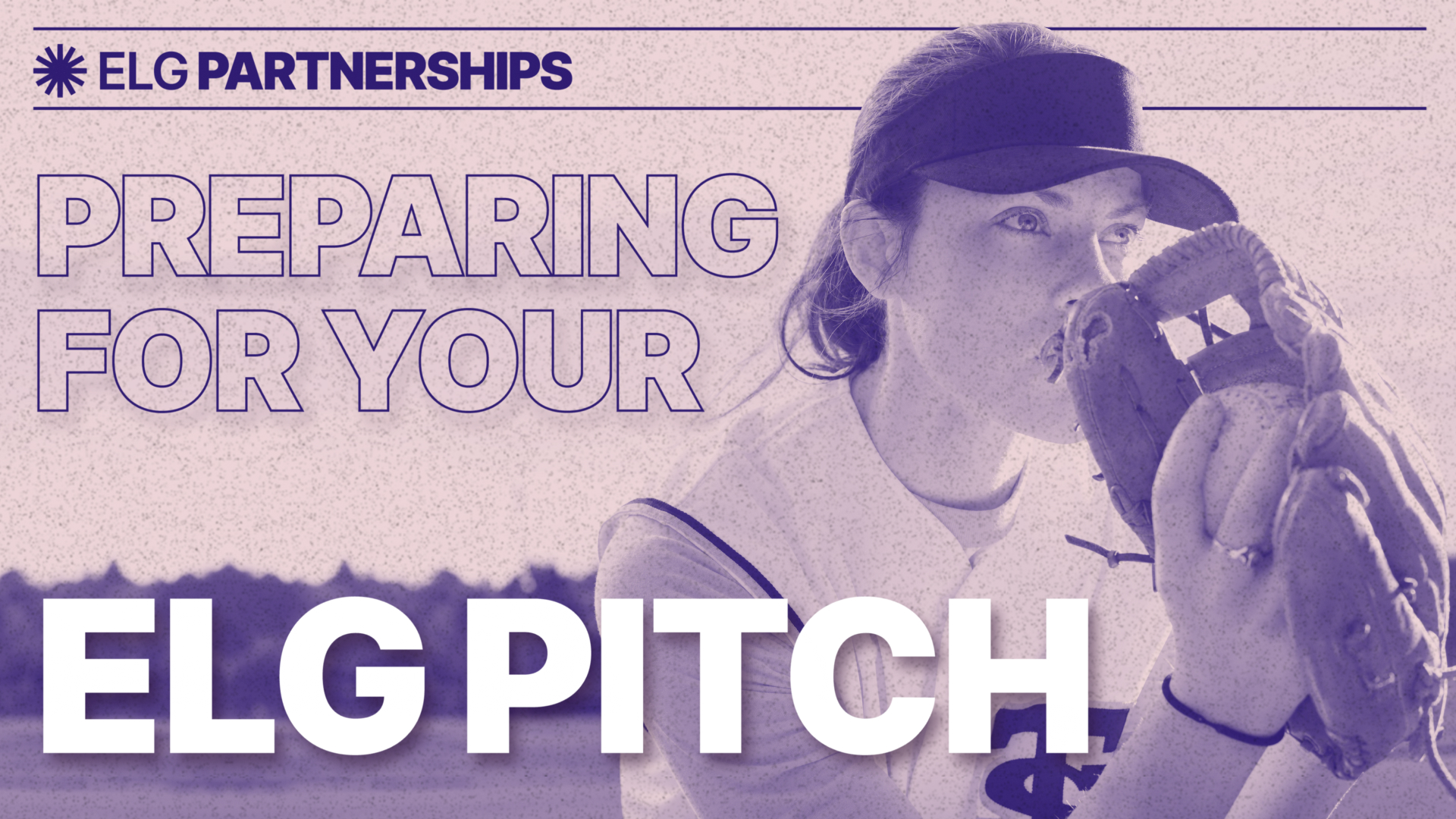

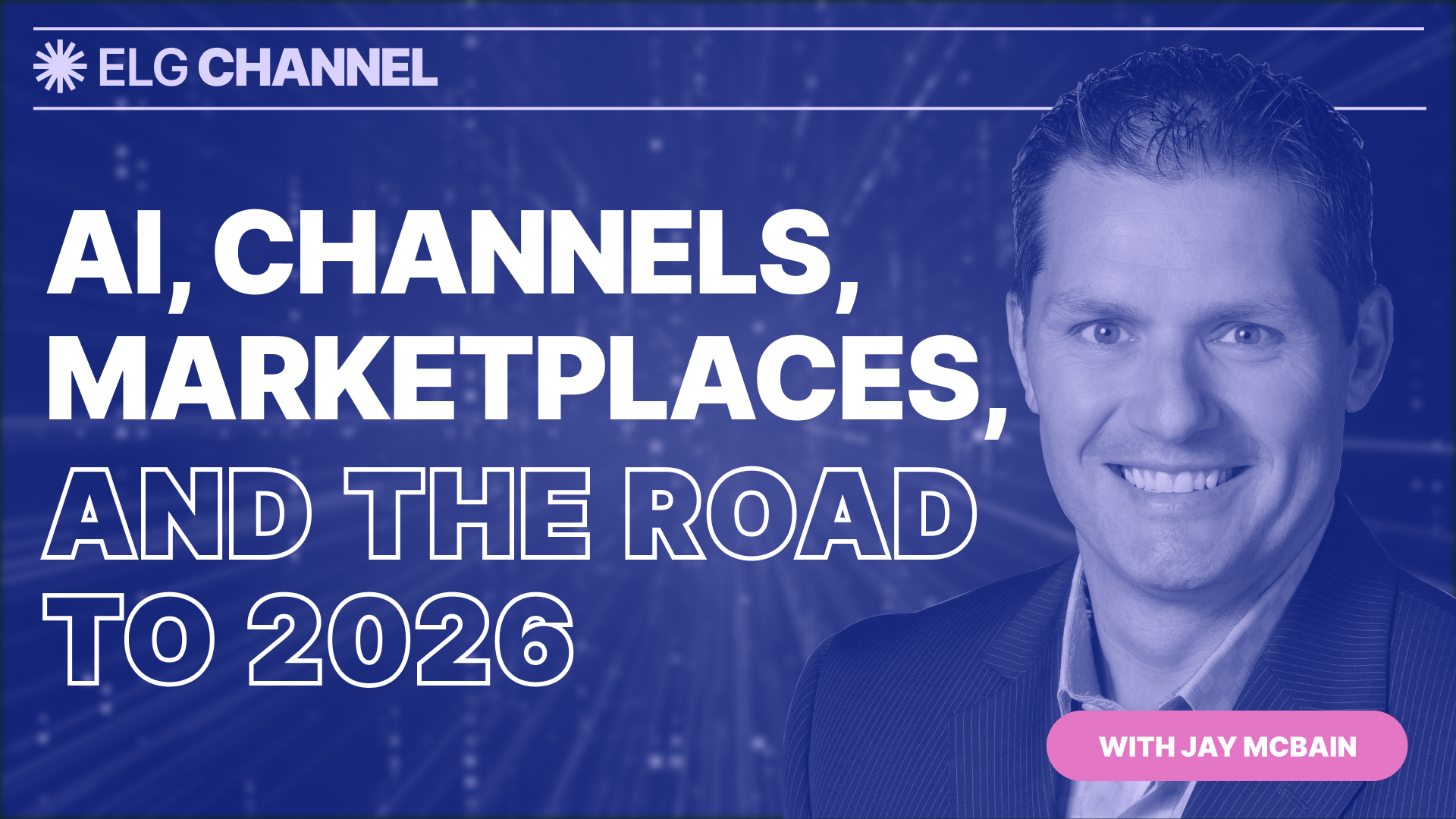
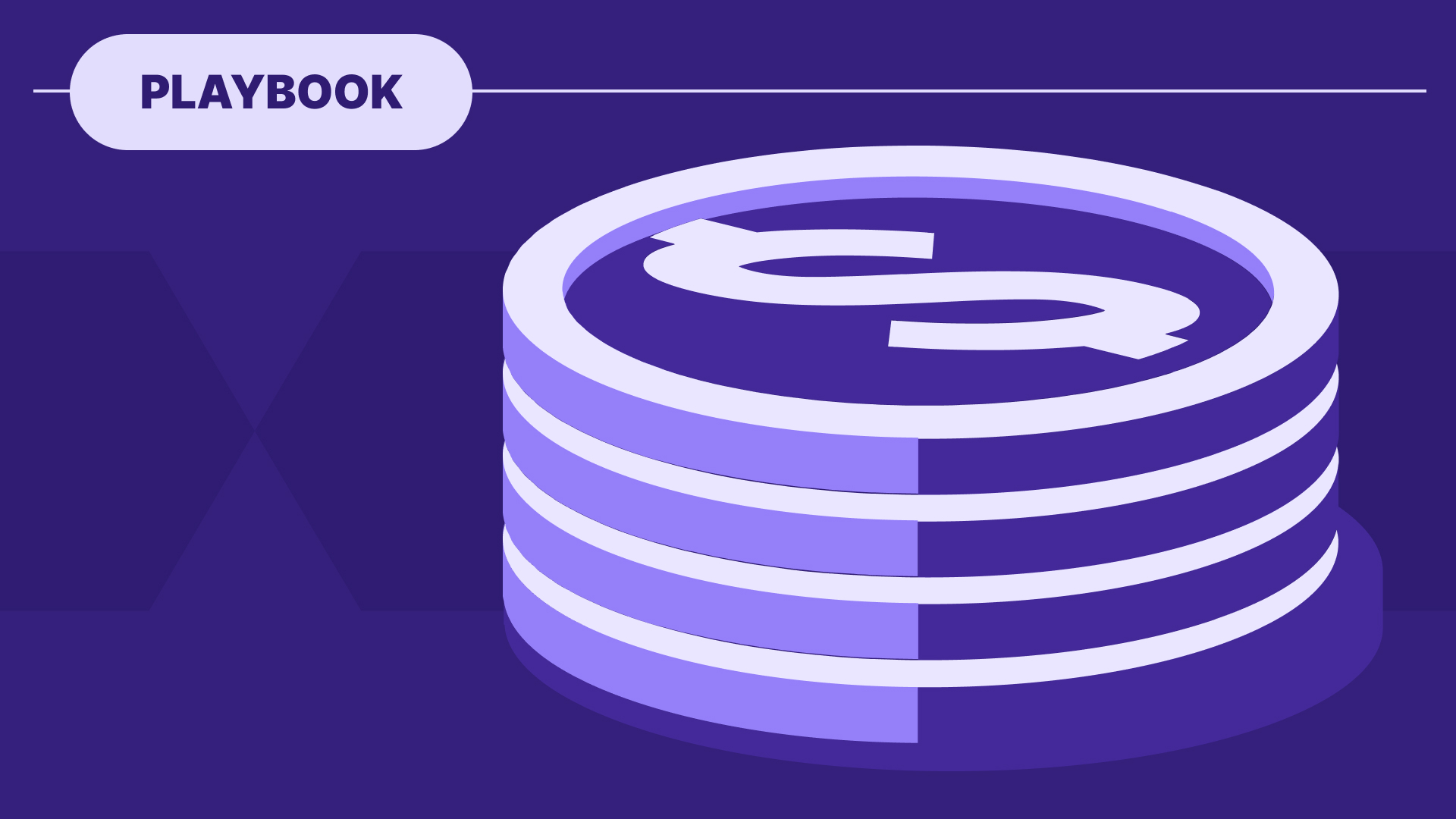
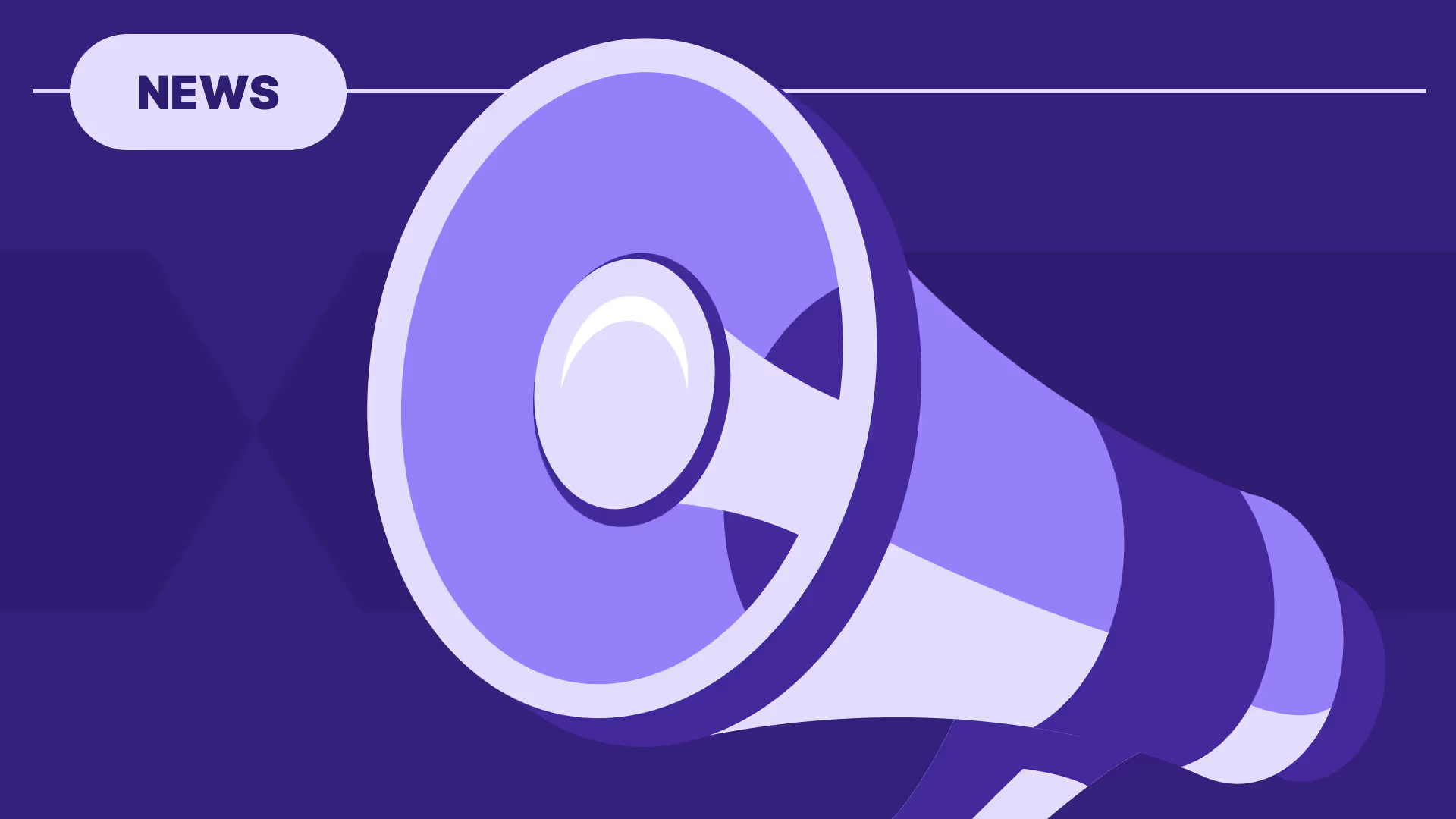
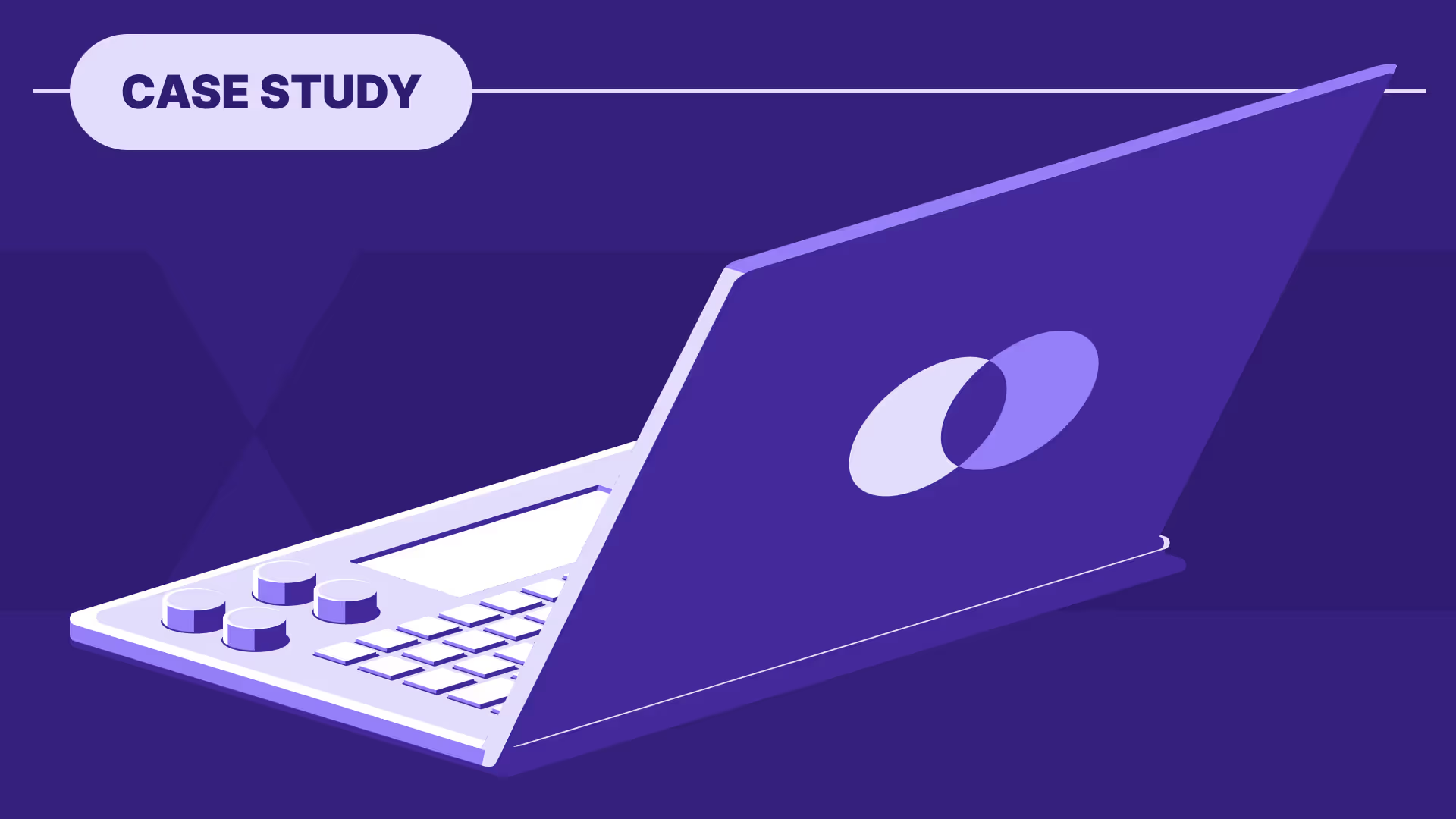
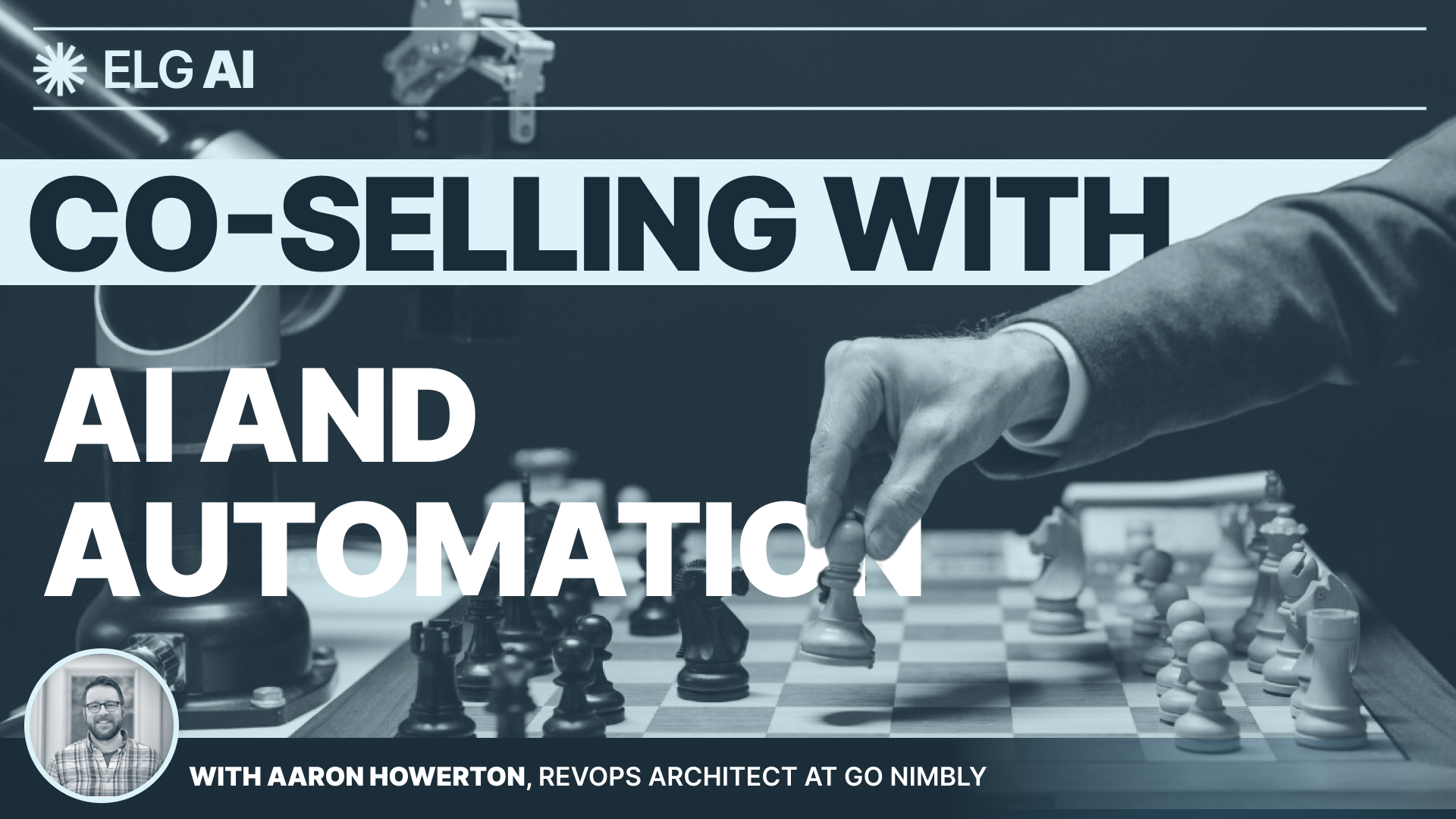
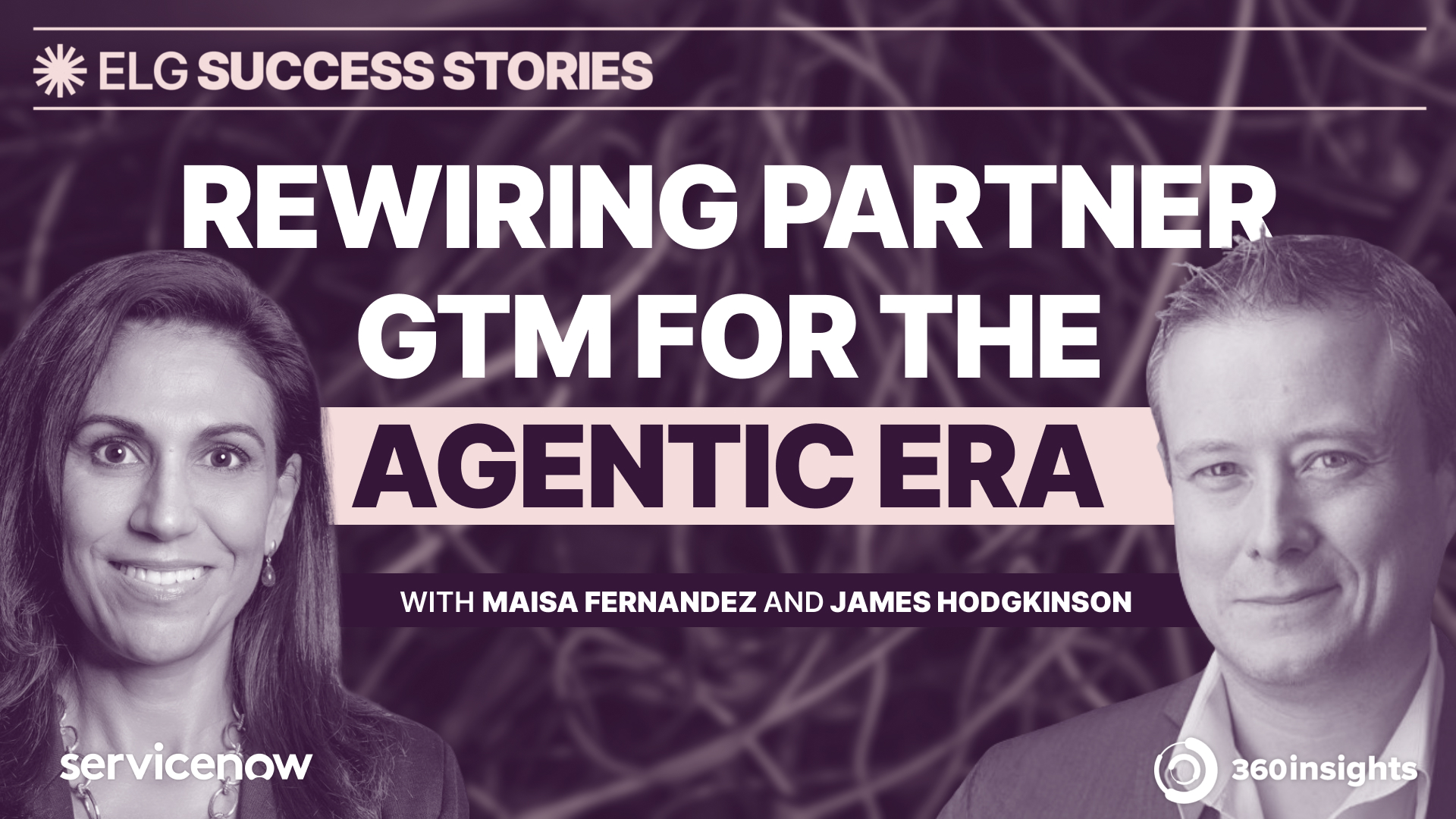
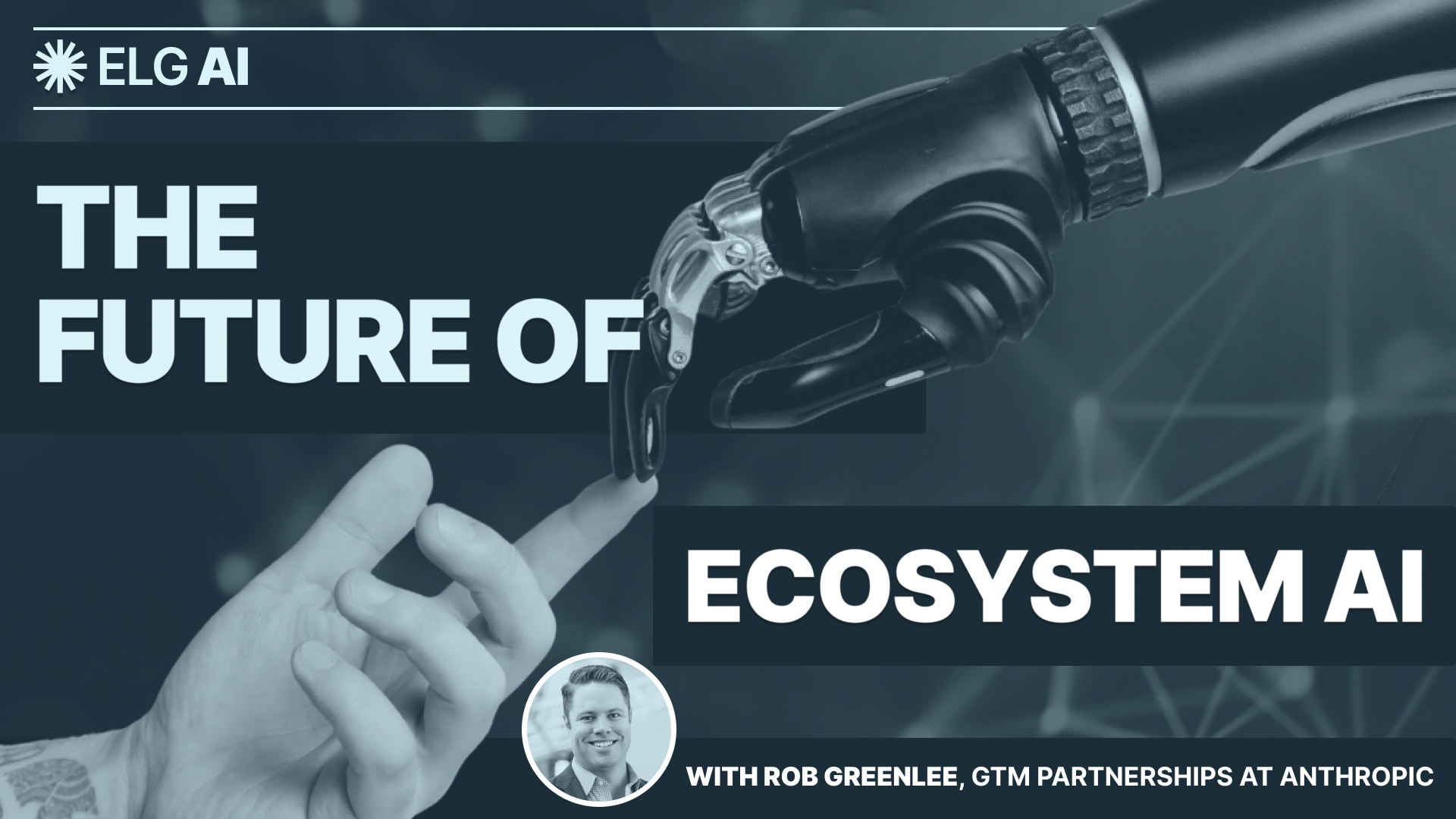
%20(1).jpg)
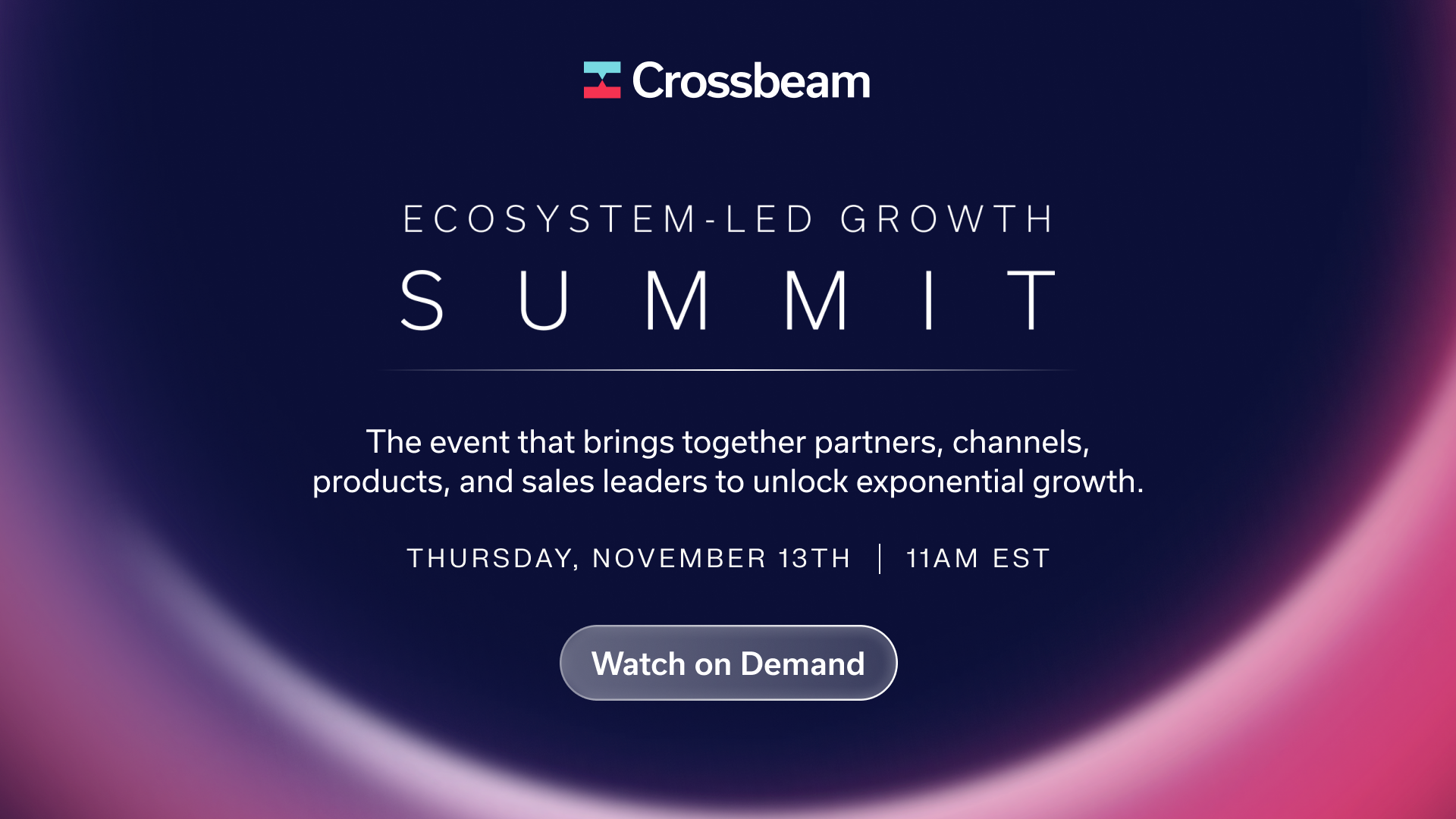

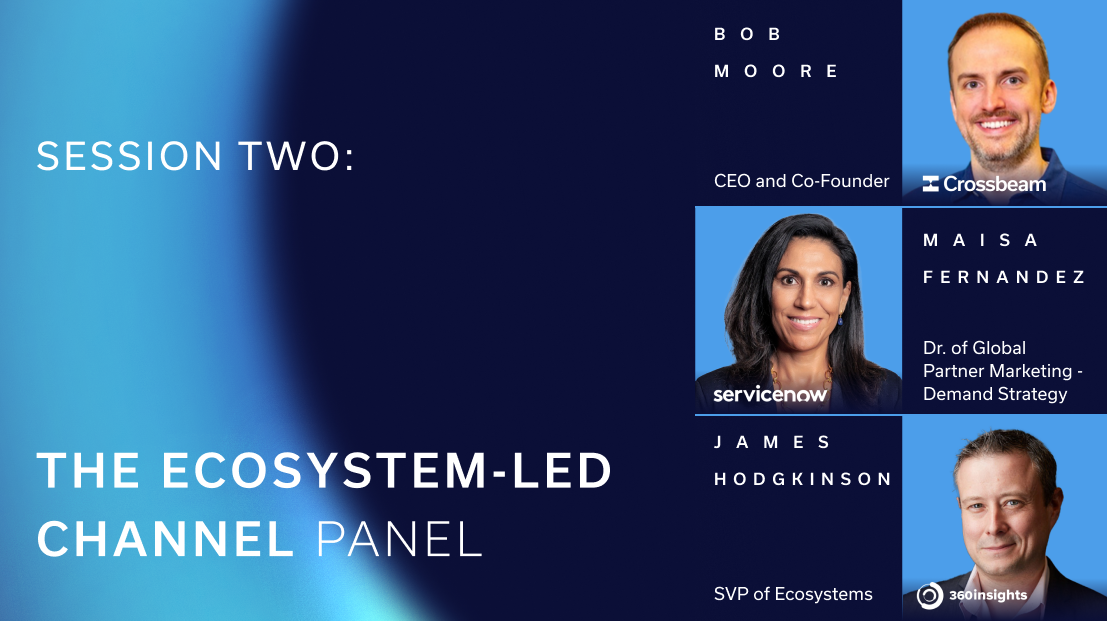
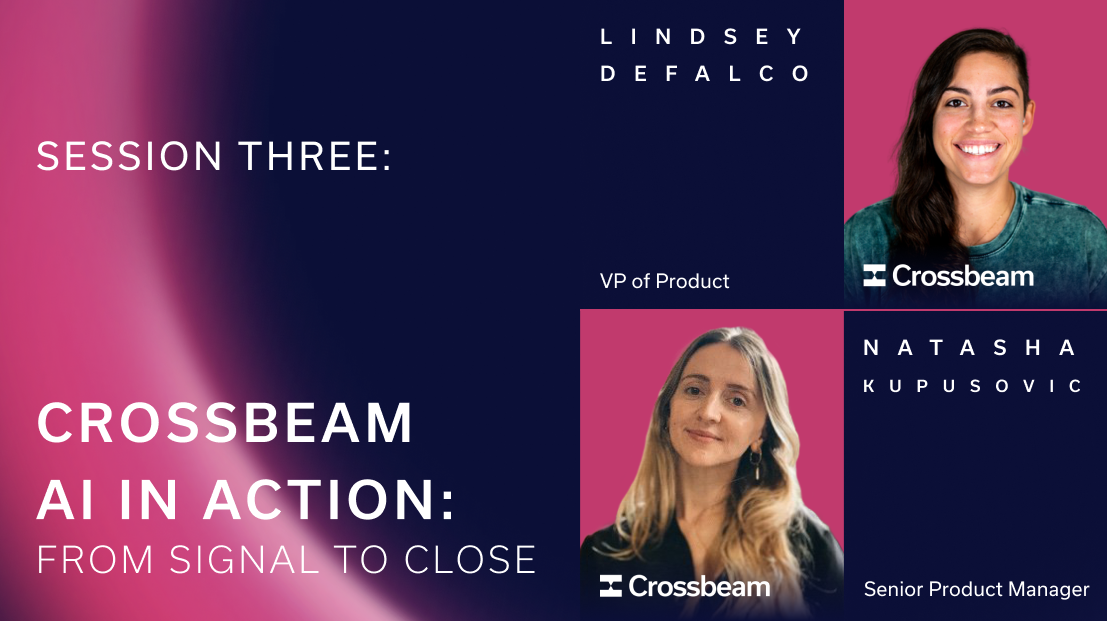

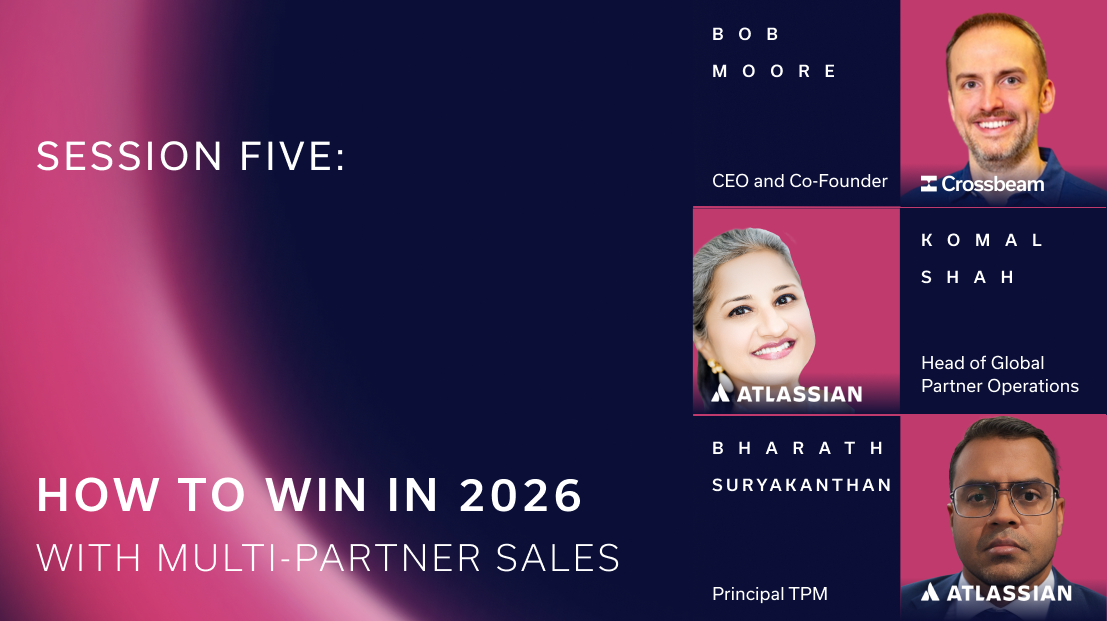
.png)
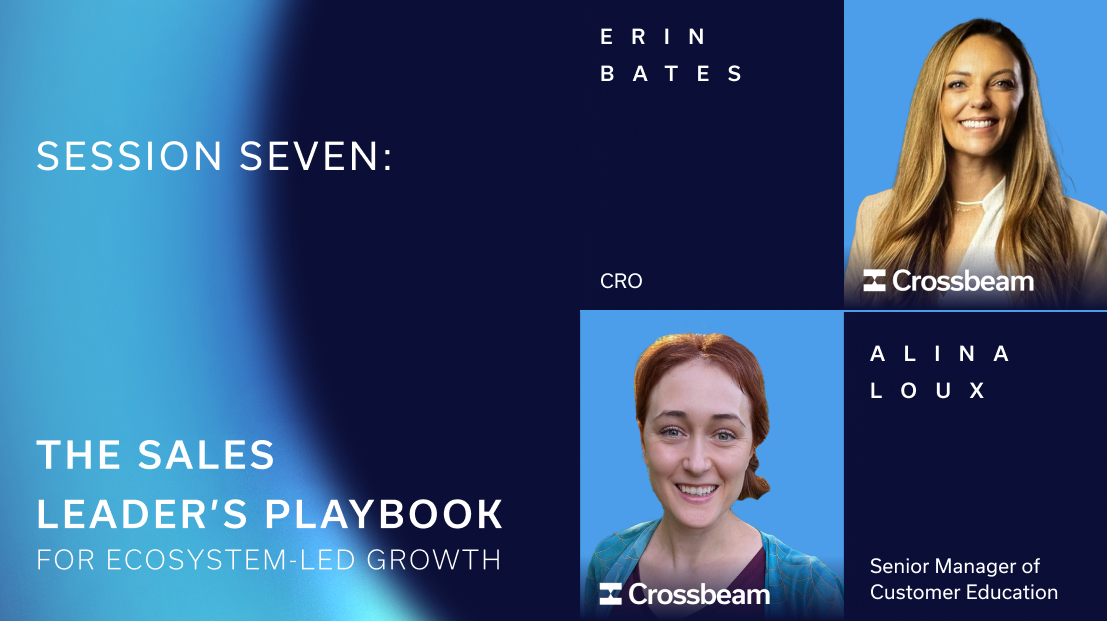


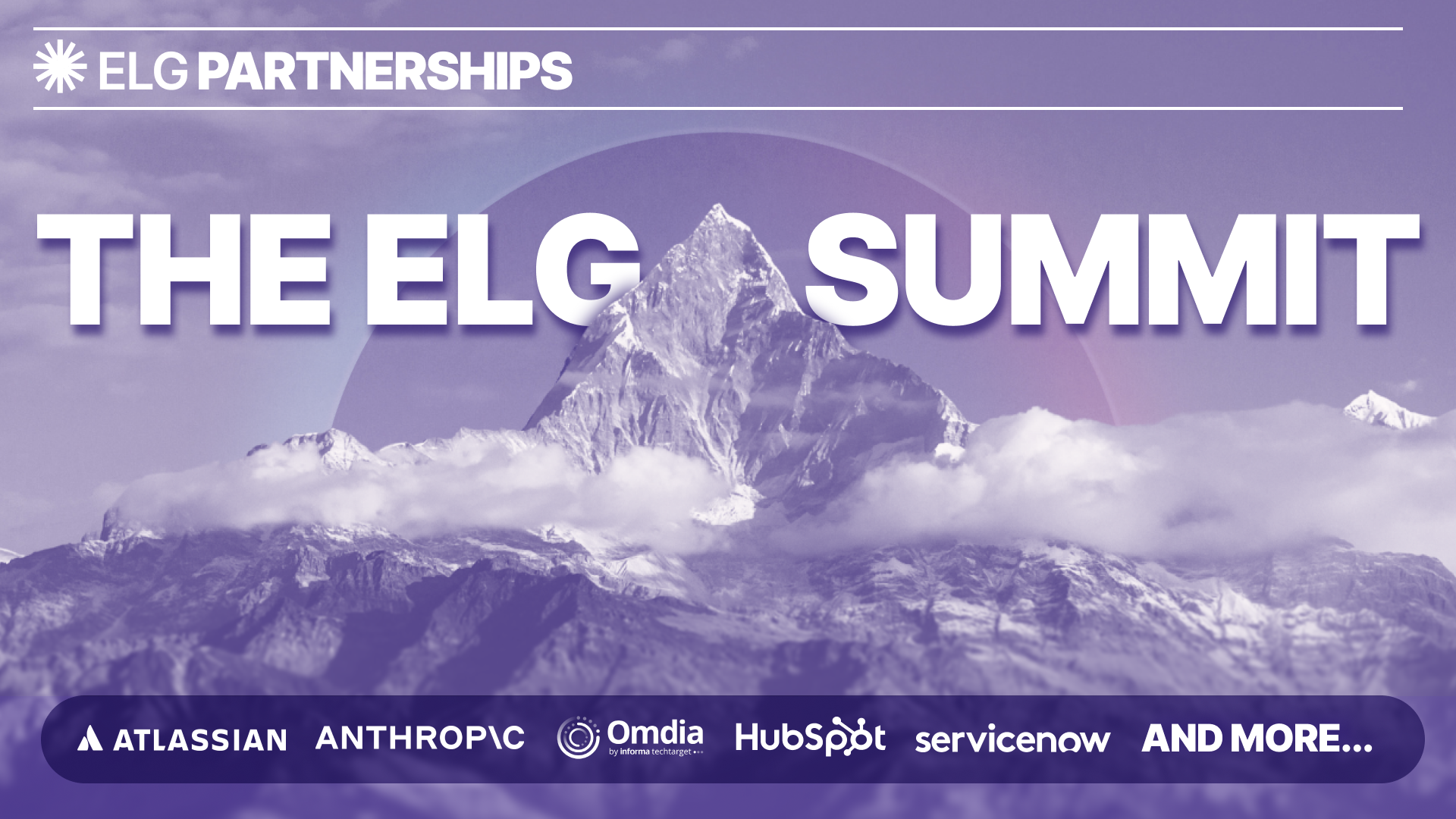

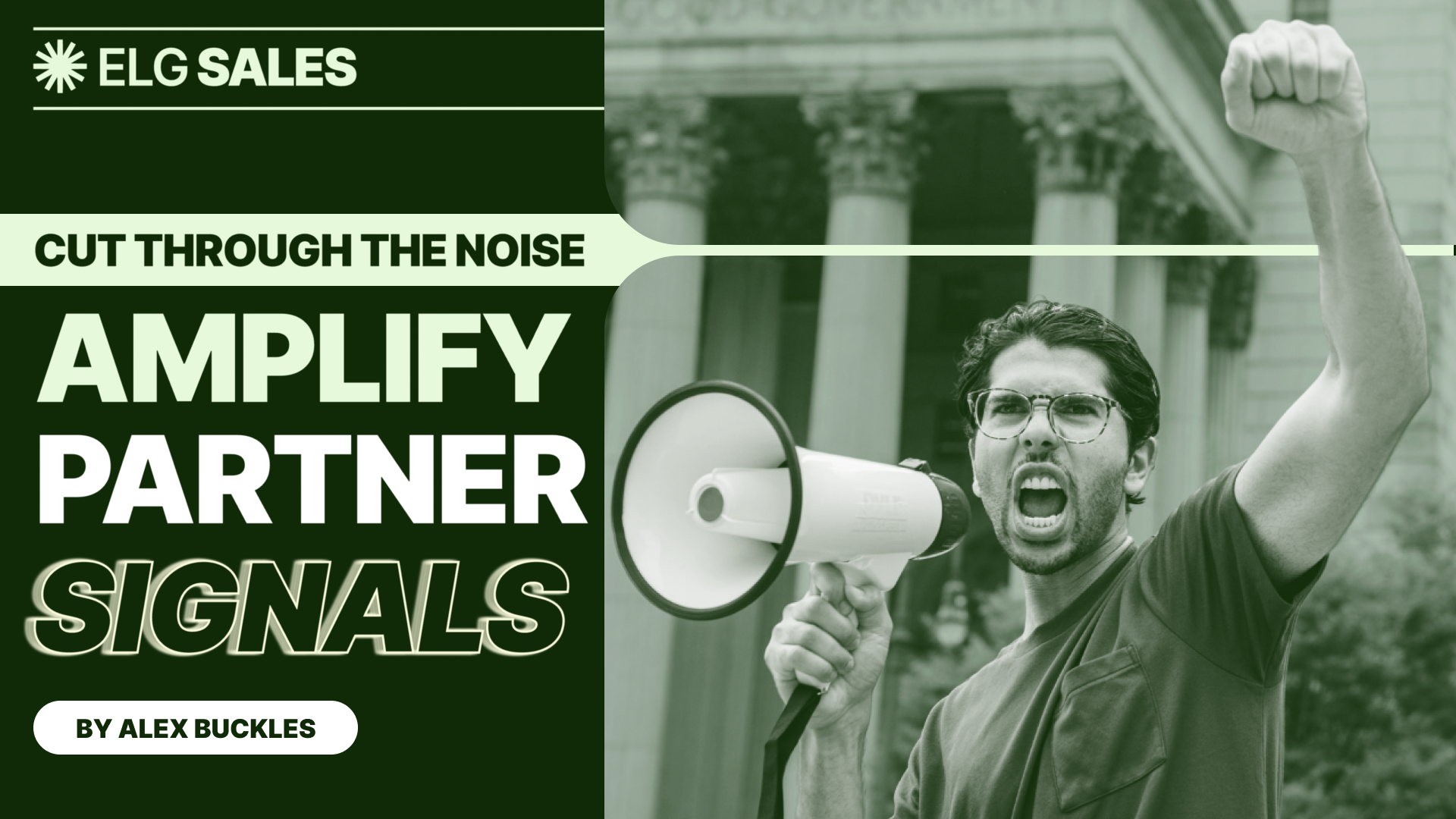






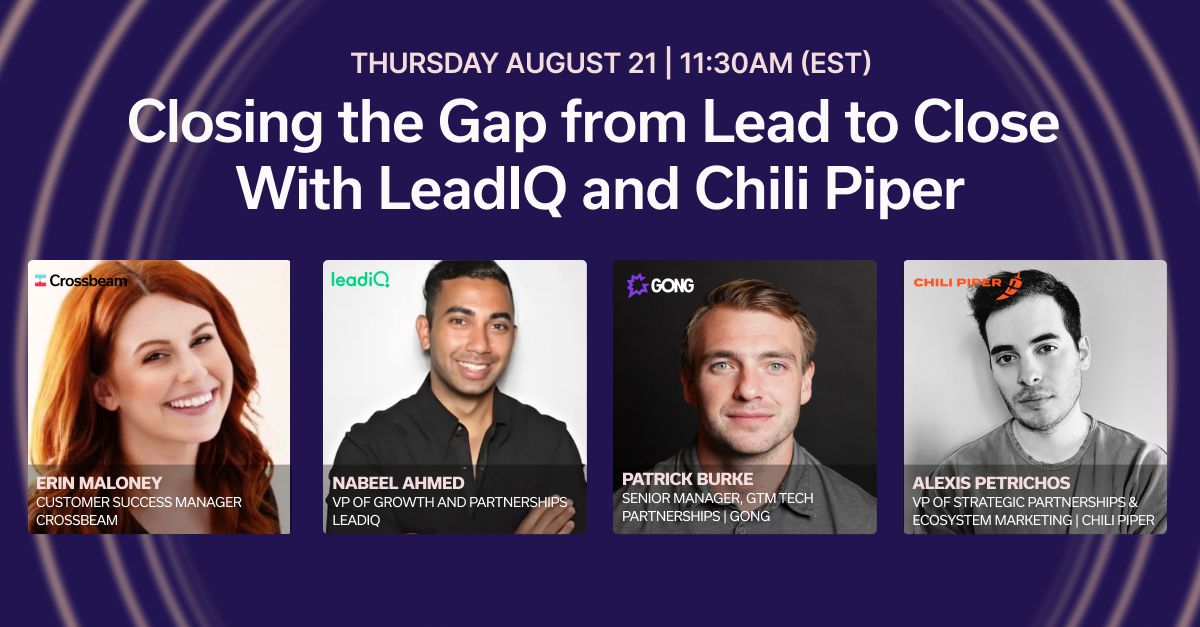

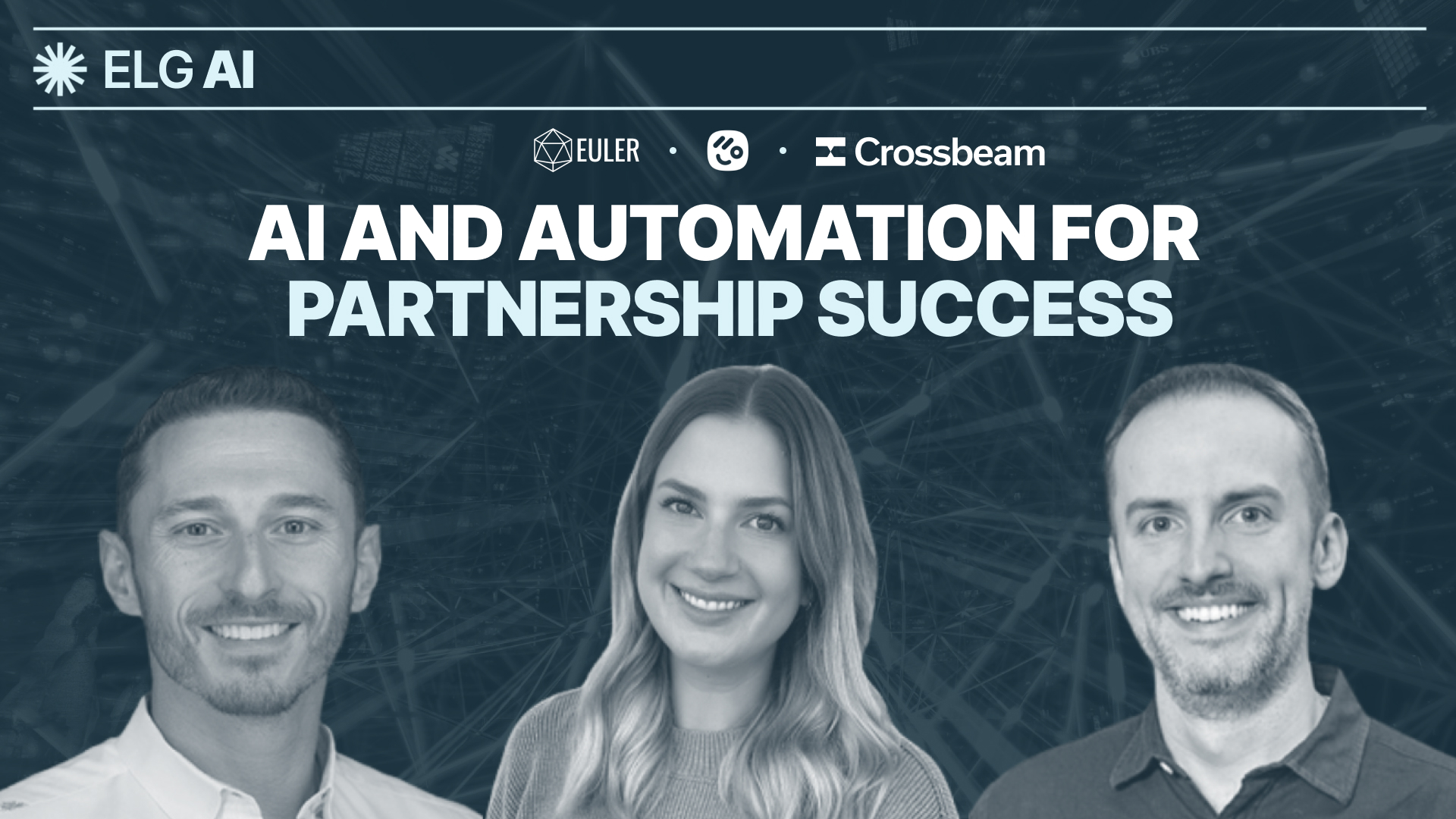
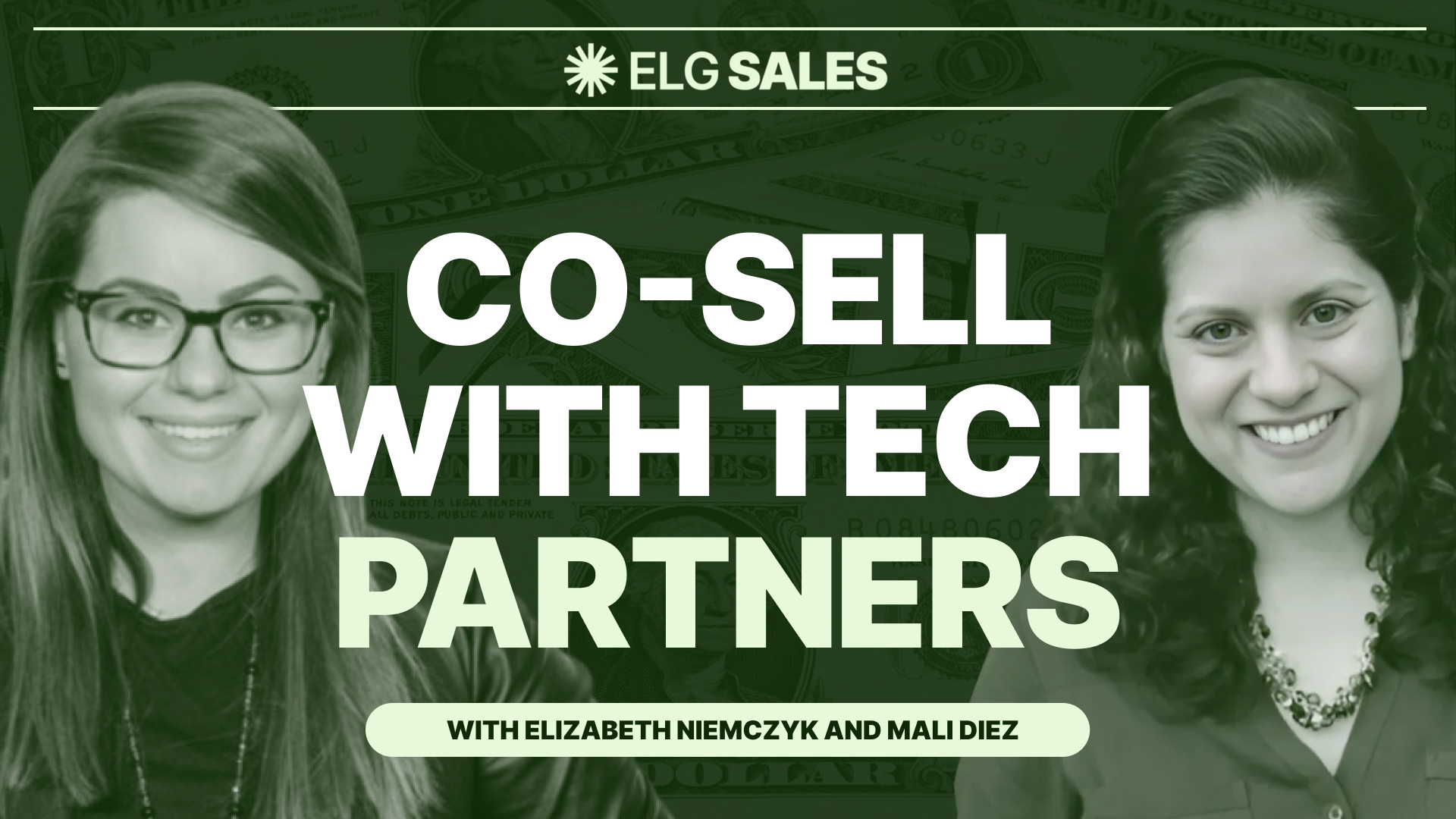
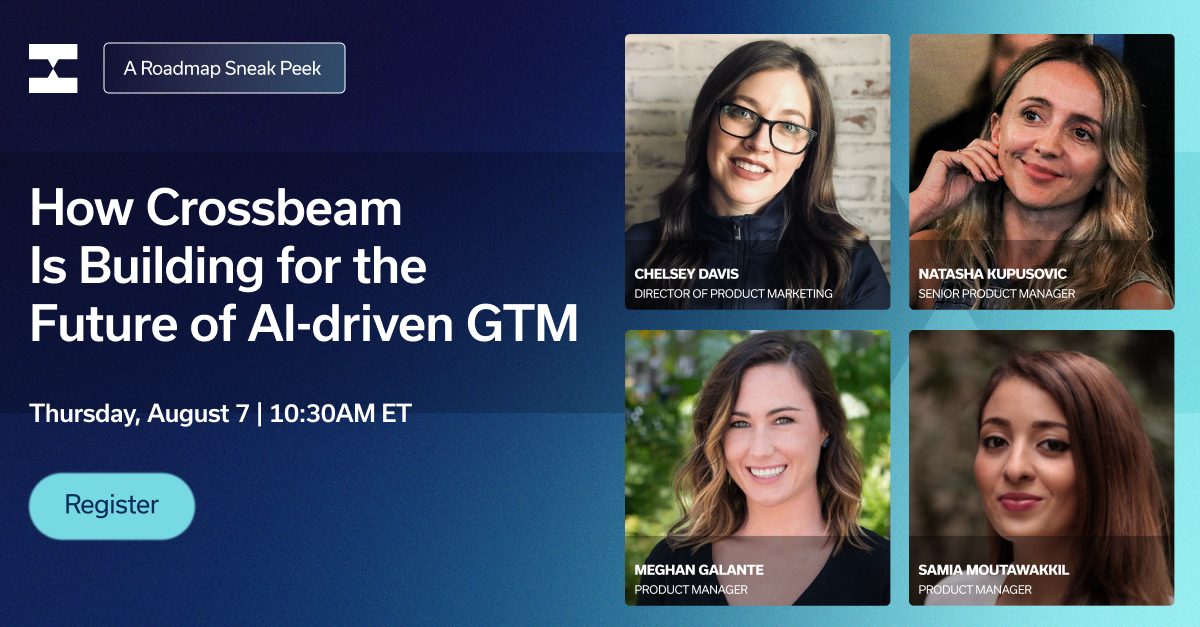
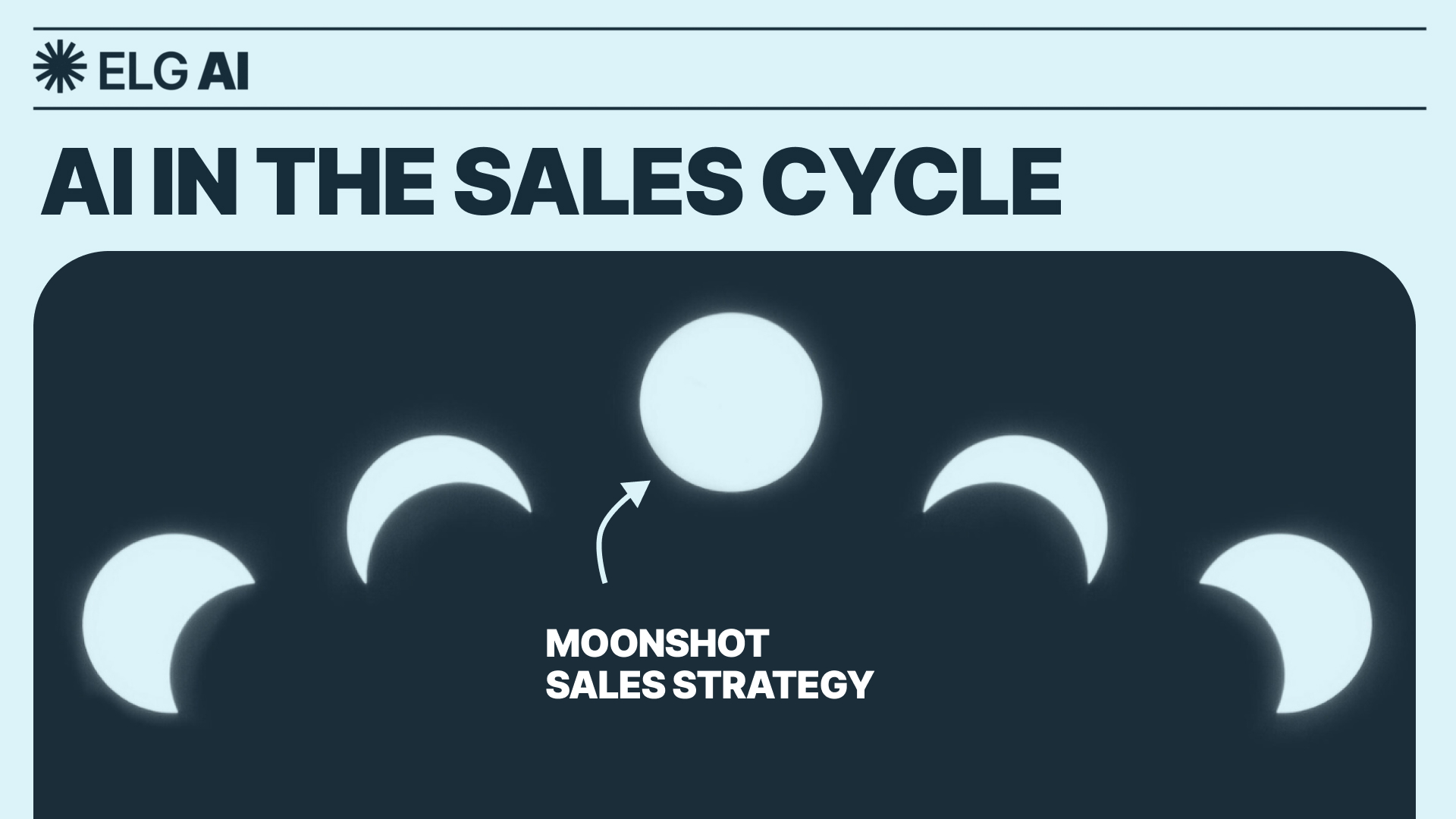
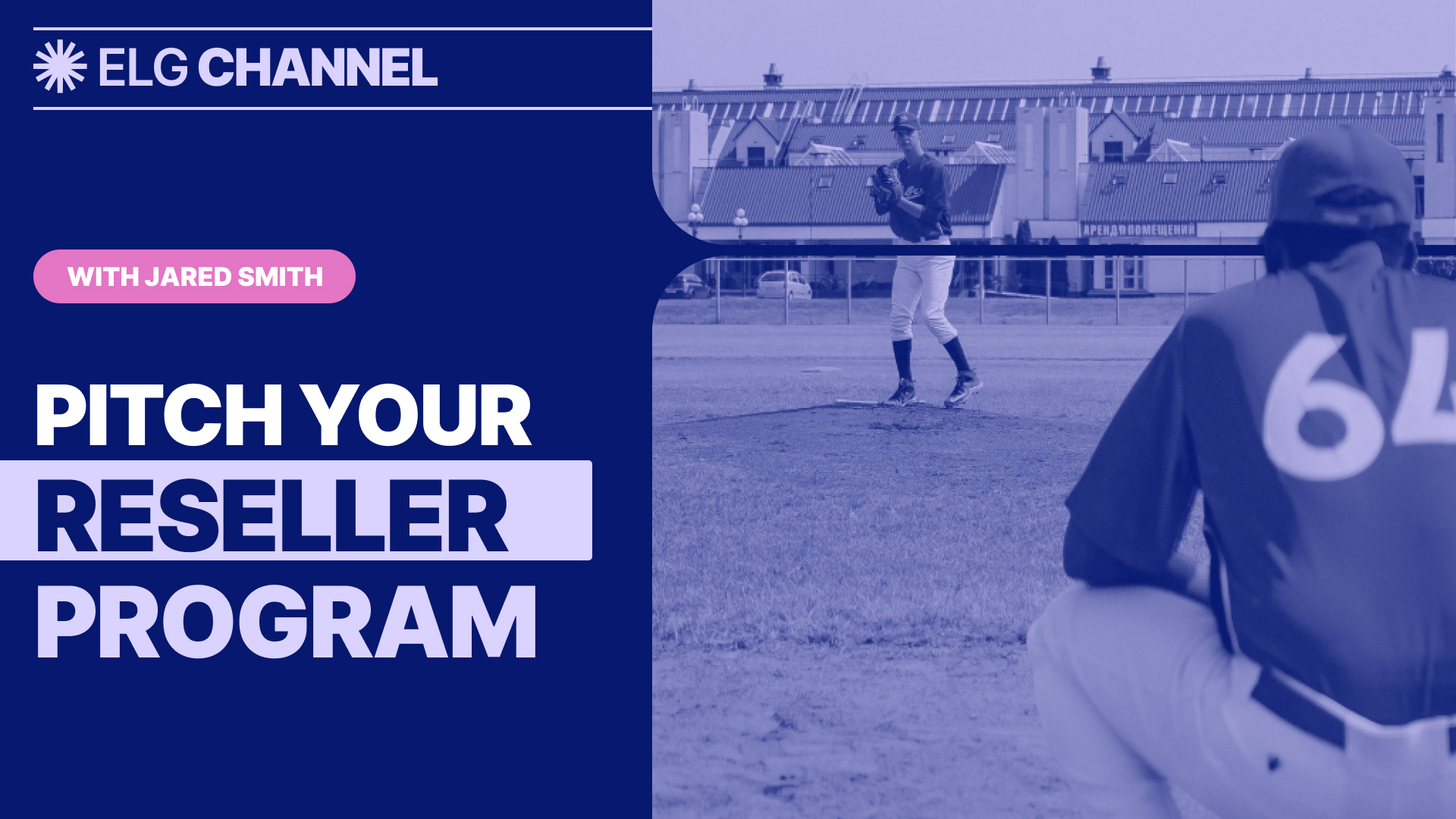
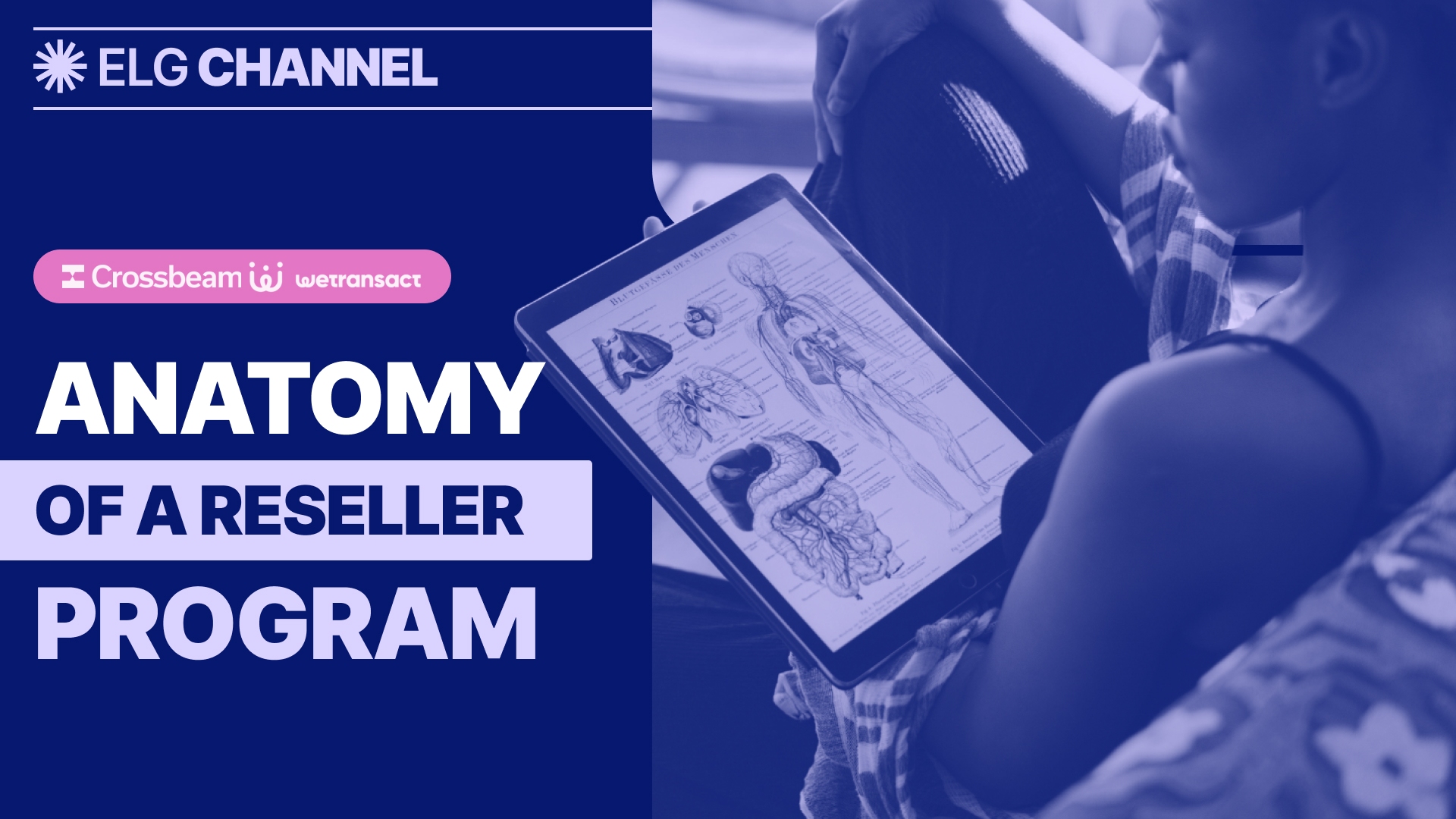
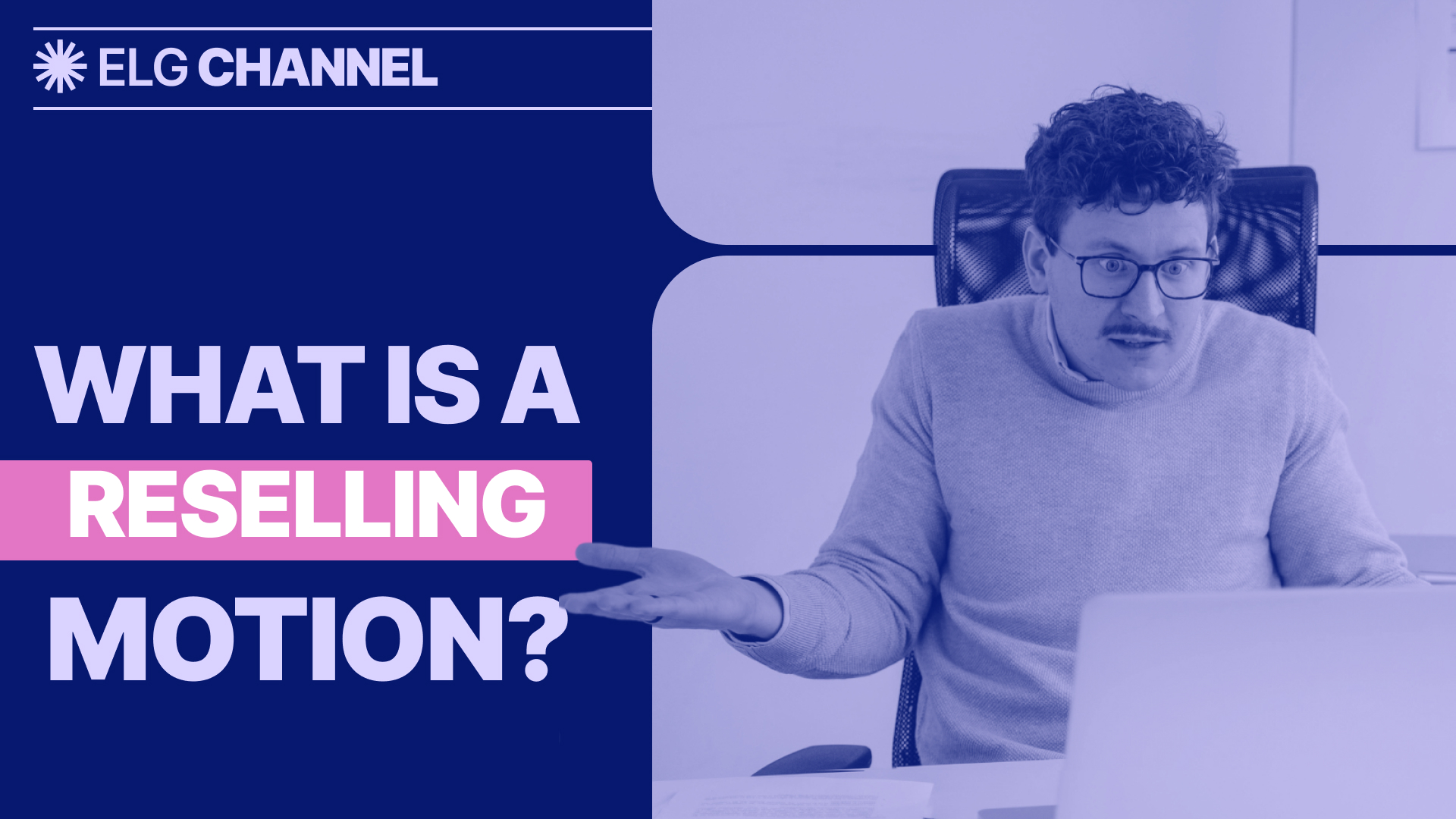
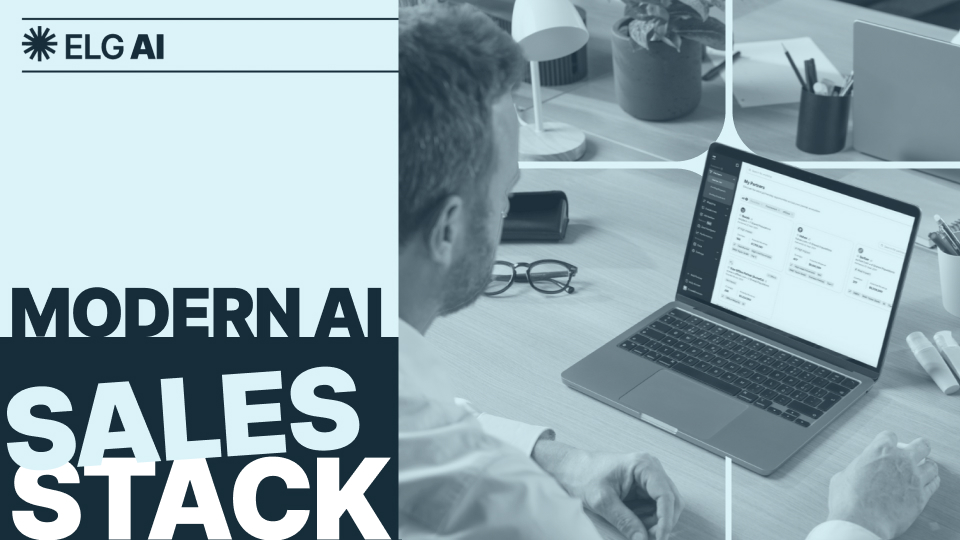
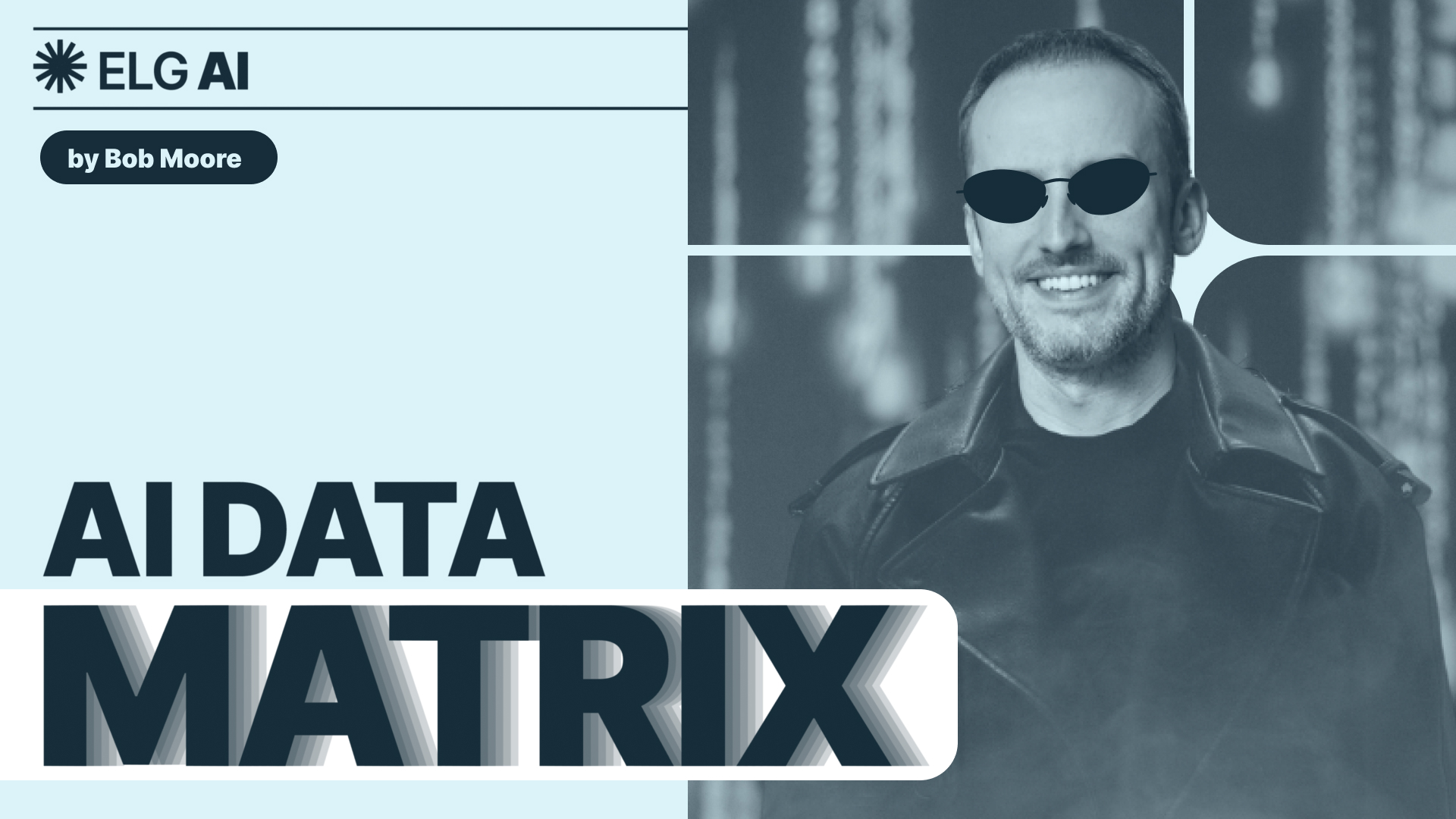





.jpg)




.png)



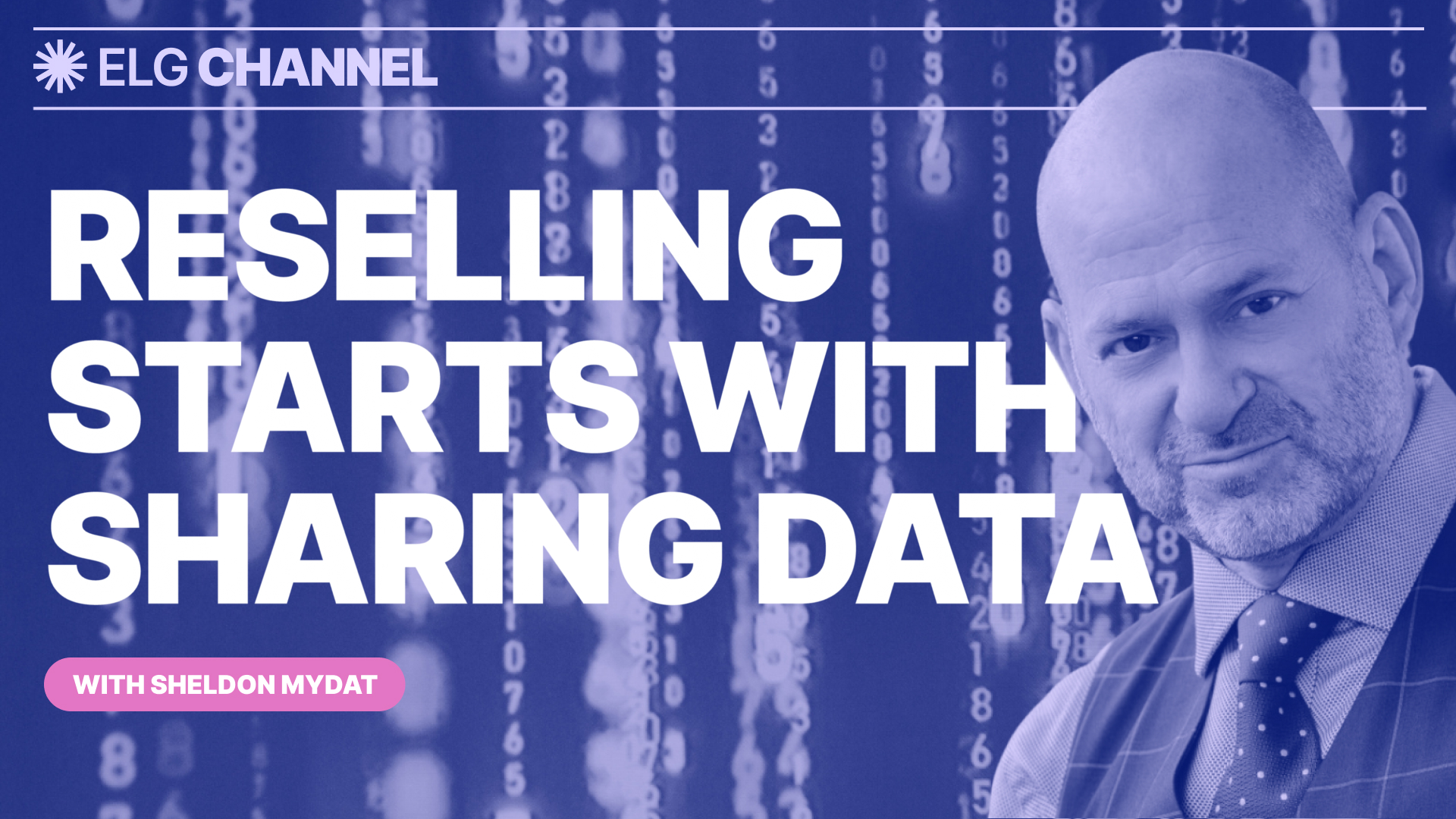


.jpg)





.jpg)

.webp)


















.webp)












